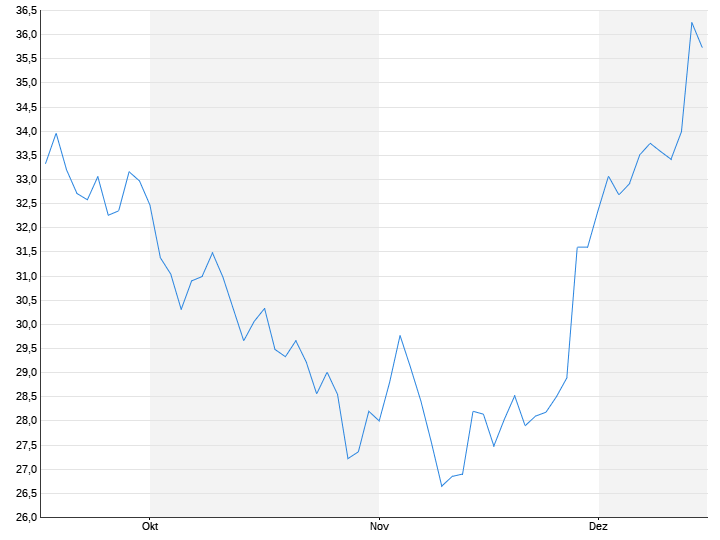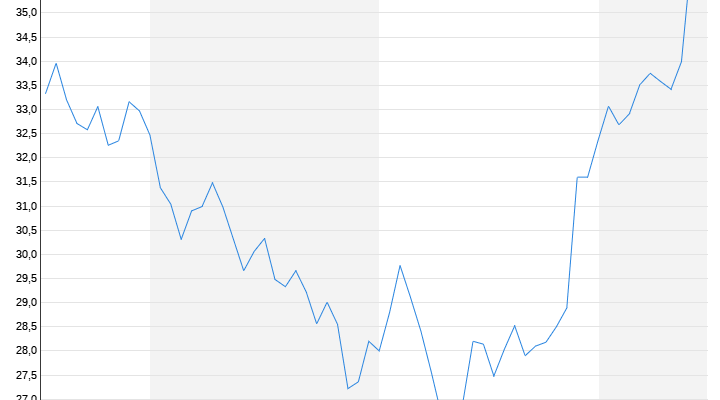After an accident with a robotaxi
Cruise throws out a quarter of the employees
December 15, 2023, 11:40 a.m
An accident in San Francisco, which also involved a Cruise robotaxi, has far-reaching consequences: the company stops expansion plans and postpones the introduction of its own vehicle. Now a number of employees also have to leave.
The robotaxi company Cruise, which fell into crisis after an accident, is laying off almost a quarter of its employees. The subsidiary of the car giant General Motors suspended its trips a month ago and cut off far-reaching expansion plans. As a result, 24 percent of full-time jobs will be eliminated, mainly in non-technical areas, it said in an email to employees.
In the accident at the beginning of October, a driverless Cruise car dragged a woman several meters. The pedestrian had previously been hit by another vehicle with a human behind the wheel and thrown in front of the self-driving car. According to the accident report, the robotaxi braked immediately – but the woman still fell under the vehicle.
The cruise cars are programmed to automatically pull to the side of the road after collisions in some cases so as not to impede traffic. In this case too, the software decided to do this – even though the woman was still under the car. She was dragged around six meters and the car reached a speed of a good eleven kilometers per hour, according to a report from the California traffic authority.
Start of the “Origin” robotaxis postponed

Cruise is now refraining from bringing the first vehicles of its “Origin” robotaxis without a steering wheel and pedals onto the road next year as planned. Instead, Cruise wants to continue to rely on converted cars from the GM electric model Chevy Bolt. Operations will initially only be resumed in one city. Cruise has visited five other U.S. cities besides San Francisco and plans to add a dozen more in the coming year.
San Francisco became a unique test case for self-driving taxis last year. In addition to Cruise, Google sister company Waymo also received permission from a Californian regulator this summer to expand its driverless transportation services throughout the city. The city administration and numerous residents were against it. They argued, among other things, that the vehicles often blocked traffic. Waymo is allowed to continue offering its robotaxi service throughout San Francisco without a safety driver behind the wheel.
